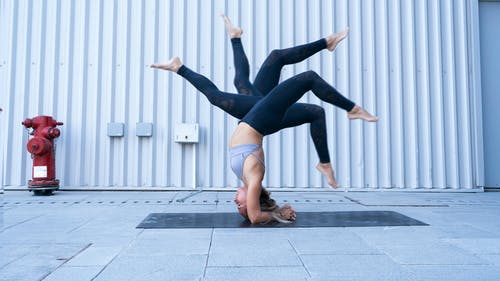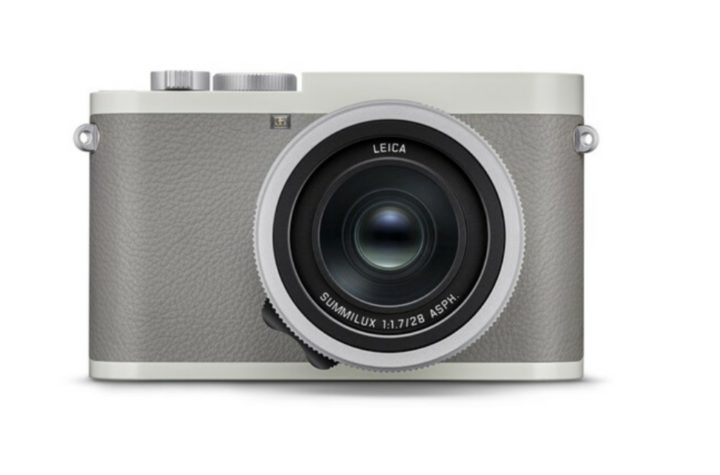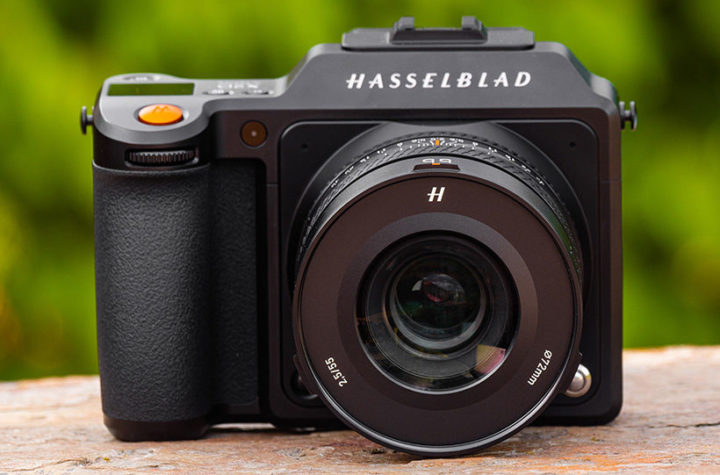
Multi exposure photo techniques have changed over the years and are still changing even now as cameras become ever more intelligent with mind-blowing facilities. In the old days one often had a multi exposure photo because you forgot to wind the film on between shots. But all that has changed with modern digital cameras.
Techniques
There are now many ways to produce multi exposure photo masterpieces. Here are some of the techniques you can use:
- Multiple exposures within the camera of the same frame
- Multiple flash exposures, using a normal flashgun or a strobe flash
- Using a long exposure time and covering and uncovering the lens with the lens cap or something similar
- Recent cameras have built-in multiple exposure facilities which can use a variety of techniques
- Shift the white balance between multiple exposures of exactly the same shot
- Mixing focal lengths on multiple exposures of the same shot
- Create a multi exposure photo within software like photoshop, completely away from the camera
All of these techniques produce startlingly different results and with digital cameras you can experiment to your heart’s content without incurring any media costs. Trial and error is a reliable and well used technique by many photographers all over the world. So don’t be afraid to experiment.
Tips
Here are some tips to help you get a great multi exposure photo. They can apply to all of the techniques mentioned above to varying degrees.
- Set up the camera on a tripod. If there is movement withni a multi exposure shot, then you need the camera to be rock steady during each of the exposures
- Use the flash. Whether it is to fill in light on under-exposed shots, or to freeze fast movement it is extremely versatile
- Underexpose the subject. It reduces the chance of over exposure when you combine multiple images in a single frame
- Use a shutter release cable or remote control shutter device. This helps minimise camera shake which might spoil the photo
- Choose a background with a lot of colour or texture. Choosing the right background can enhance the subject matter and make a substantial difference to the final quality of the multi exposure photo
- Use a seamless backdrop. Unwanted lines will be a distraction unless that is part of the creative objective.
- Combine completely different subjects to make awe-inspiring or dramatic effect. The only limit to what can be achieved is your own creativity and imagination to produce something unique.
- Test your concepts for a photo in software before picking up your camera. Work out the effect you want to create and produce some dummy or prototype images before you go off with your camera to produce the real thing
- Explore the facilities on your camera. Check what it is capable of. Some like the Canon 5D Mark III onwards have great creative multiple exposure facilities. Try these out to fire up your own imagination.
Multiple exposures won’t be for everyone, but it’s definitely worth giving it a go and you can have some great fun experimenting. If your camera doesn’t have a multiple exposure function it is still possible to create the amazing effects using some of the techniques listed above. There is no right answer to producing a stunning multi exposure photo. Just give it a go!




